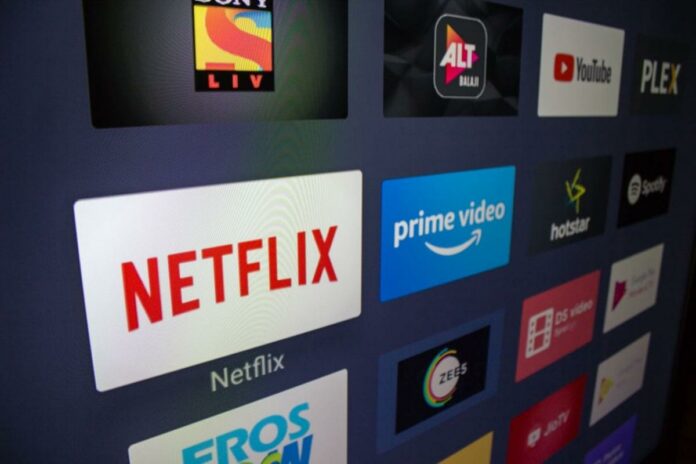Customers who are inundated with options select out wireless carriers they don’t prefer at any predetermined hour, making it increasingly difficult for streaming-video companies to retain their consumers.
According to new data from subscriber-measurement firm Antenna, 19% of premium service subscribers—including Amazon prime video, Hulu, Apple TV+, HBO Maximum, and Disney plus, among several others three or more subscriptions in the two years leading up to June. This is up from 6% in the two-year period leading up to June 2020.
Almost one-fifth of premium service subscribers to Netflix, Hulu, and HBO However according to recent data, Max cancelled thrice or maybe more memberships in the last two years. Mrs. Bigel seems to be the type of customer who irritates streaming-video providers. She and her fiancé switch between the big streaming services on a regular basis, cancelling one and joining up for yet another guess it depends on which one has the showcases they desire at that time. They began the practice approximately a year ago to save money.
According to Antenna, the common rate of monthly buyer defections across premium suppliers in the United States reached 5.46% in September, up from 4.46% the previous year and 4.05 percent of its total in July 2020. Many households joined up for a couple of streaming apps several years ago as market options expanded, subscription costs decreased, and the pandemic increased competition for in-home leisure.
Slowly but surely, they’ve become choosier and more frugal. Others lose interest when their own favorite content is no longer available on a service, or they simply need to cut back on leisure expenditure, according to analysts. Bottom lines pressures from a macroeconomic slump may make families more price range conscious.
The growth in demand for streaming remains strong. According to Antenna, the number of subscribers per person in the United States is increasing. However, there may be more competition among suppliers for new possibilities, particularly in the very saturated US market. Hastings, who previously stated that ads abuse people, is now considering using ads to increase revenue.
Netflix, whose implemented India to its world of foreign OTT personal enjoyment, has lowered its subscription rates but has yet to establish a foothold in the industry. According to App Annie’s State of Mobility 2022 report, Disney+ Hotstar has been the most distributed OTT platform in India, accompanied by original content. In a congested market more than 40 OTTs competing for customer attention, Netflix India could not make the top 10.
Follow and connect with us on Facebook, LinkedIn & Twitter.

